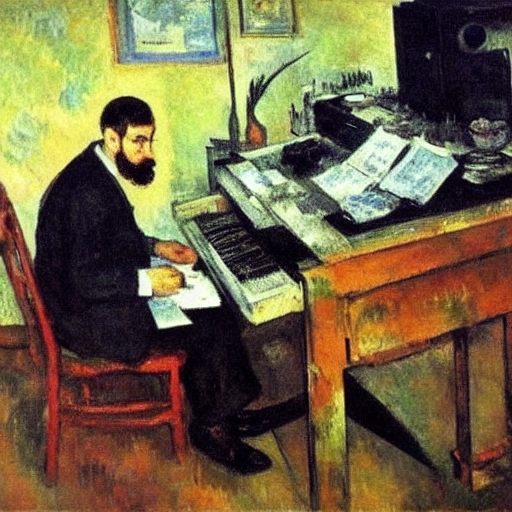
Exploring the Evolution of Audio Mastering: A Journey Through the History of Music Production
The crucial step of audio mastering in music production is a process that involves enhancing the sound quality of a recorded song to make it commercially ready for release. The process has been around for decades, but the exact origins of audio mastering are unclear. However, the evolution of technology has played a significant role in the development and evolution of audio mastering as we know it today.
The earliest forms of audio mastering can be traced back to the early 20th century with the advent of recorded sound. In the early days, mastering was a simple process of cutting a disc and making a few basic adjustments to the sound, such as adjusting the volume and adding equalization. With the advent of magnetic tape recording in the 1950s, audio mastering became more complex, and engineers began using specialized equipment to fine-tune the sound of recorded music.
Early Advancements
The 1960s saw a significant shift in audio mastering with the introduction of multi-track recording. This allowed for much greater control over the sound of a recording, and engineers could now make adjustments to individual elements of a mix, such as adjusting the levels of the drums, bass, and vocals. This marked the beginning of what is now known as the modern era of audio mastering.
Evolution & Computers
In the 1970s and 1980s, advances in digital technology revolutionized audio mastering. Digital audio workstations (DAWs) and digital audio plug-ins replaced analog equipment, and this new technology allowed for even greater control and precision in the mastering process. The introduction of digital audio also allowed for the creation of digital audio standards, such as the compact disc (CD), which changed the way music was distributed and consumed.
Today, audio mastering continues to evolve with advances in technology, and digital audio workstations have become the industry standard. With the availability of high-end digital audio equipment and plug-ins, audio mastering has become an increasingly accessible and sophisticated process.

Pioneers & Lengends of Mastering
Audio mastering has a long and rich history, and several individuals have made significant contributions to its evolution. Here are a few key figures who have shaped the history of audio mastering:
- Bob Ludwig: Bob Ludwig is a Grammy-winning mastering engineer who has worked with many of the biggest names in the music industry, including Led Zeppelin, Queen, and Nirvana. He is widely regarded as one of the pioneers of digital audio mastering and has been credited with revolutionizing the mastering process through his innovative use of technology.
- Doug Sax: Doug Sax was an American mastering engineer who founded The Mastering Lab in Hollywood in 1967. He was a pioneer in the use of high-end analog equipment and helped set the standard for high-quality audio mastering. Sax worked with some of the biggest names in music, including The Rolling Stones, Pink Floyd, and The Who, and his work continues to be highly regarded by the industry.
- George Marino: George Marino was an American mastering engineer who worked with some of the biggest names in rock and metal, including Metallica, AC/DC, and Guns N' Roses. Marino was known for his exceptional ear for detail and his ability to bring out the best in a mix, and he was widely respected by his peers in the industry.
- Ted Jensen: Ted Jensen is a Grammy-winning mastering engineer who has worked with a diverse range of artists, including Norah Jones, Green Day, and Outkast. He is known for his exceptional mastering skills and his ability to bring out the best in a mix, and he continues to be a leading figure in the industry.
These are just a few of the many individuals who have made significant contributions to the history of audio mastering. These engineers have helped to shape the industry and set the standard for high-quality audio mastering. Their legacy continues to inspire future generations of mastering engineers and contribute to the ongoing evolution of the art of audio mastering.

Final Thoughts & Conclusion:
Audio mastering has a long and rich history, and its evolution has been shaped by the technological advancements of each era. From the early days of cutting discs to the digital audio workstations of today, audio mastering has come a long way, and it remains an essential component of the music production process. As technology continues to advance, the art of audio mastering is likely to evolve and become even more sophisticated in the future.
Want more great audio tips? Checkout other articles from our blog!